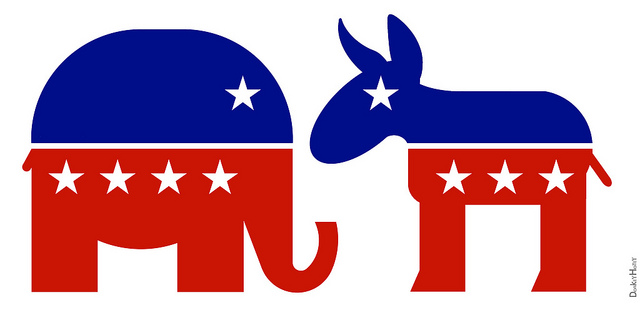Recreational reading, they are not.
But if you want to cut through some of the election spin and get an idea of what each political party "officially" stands for, party platforms are a good place to start.
Both the Republican and Democratic parties draft new platforms during presidential election years, as do most third parties, including the Green Party and Libertarian Party. The documents are long, dry roadmaps spelling out each party's positions on a wide range of domestic and foreign policy issues.
Every four years, the Democratic and Republican parties select platform committees -- a group of elite party members representing different states and a range of political interests -- who debate and vote on positions that become the basis of their party's platform. Both parties' platforms were unveiled in July, shortly before the national conventions.
In 1840, the newly formed Democratic Party generated the first national political platform. It contained nine planks and fit onto a single page, a steep contrast to the lengthy documents that each party produced this year. Republicans got into the game in 1856.
|
|
|
So how important are they?
“On the one hand they are the most important documents that a political party produces, wrote Colby College political scientist L. Sandy Maisel in a 1993 essay in Political Science Quarterly. "On the other hand, they are worthless pieces of paper.”
